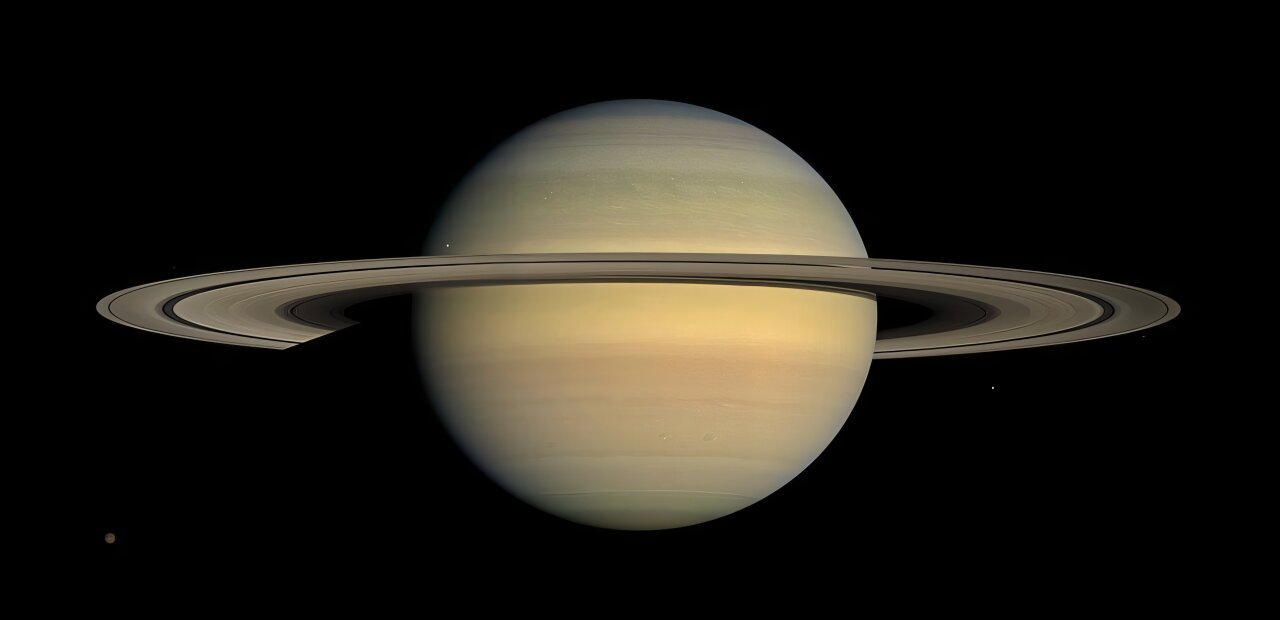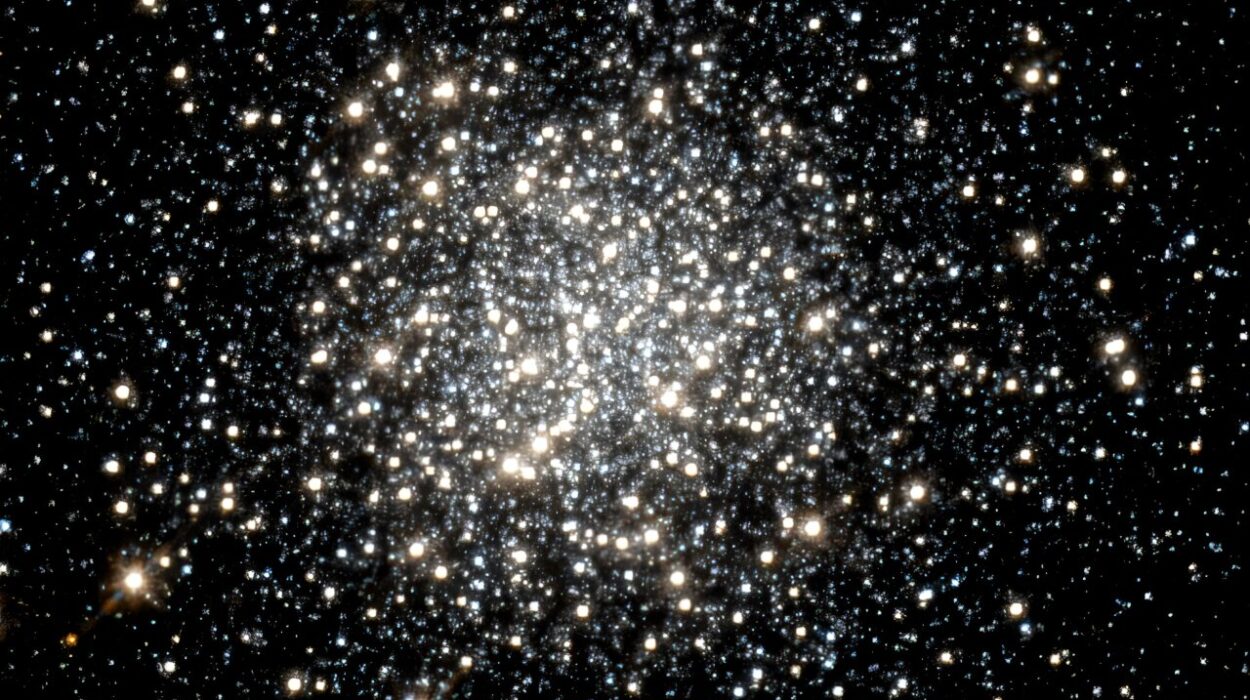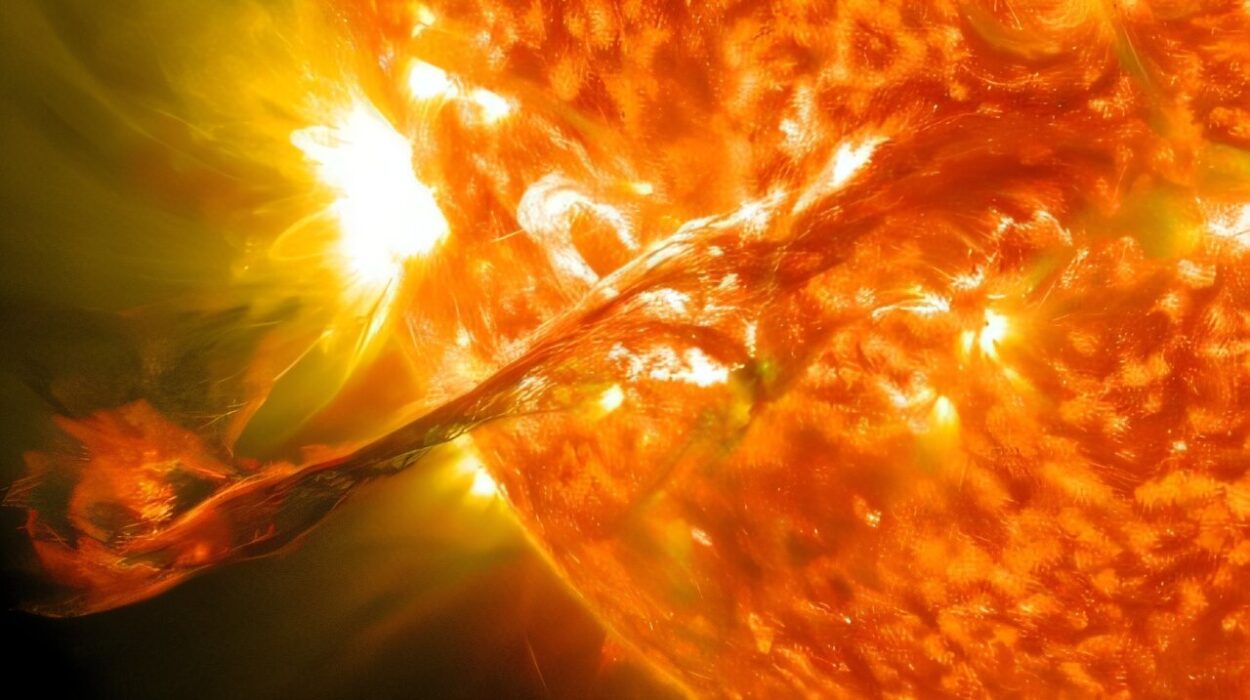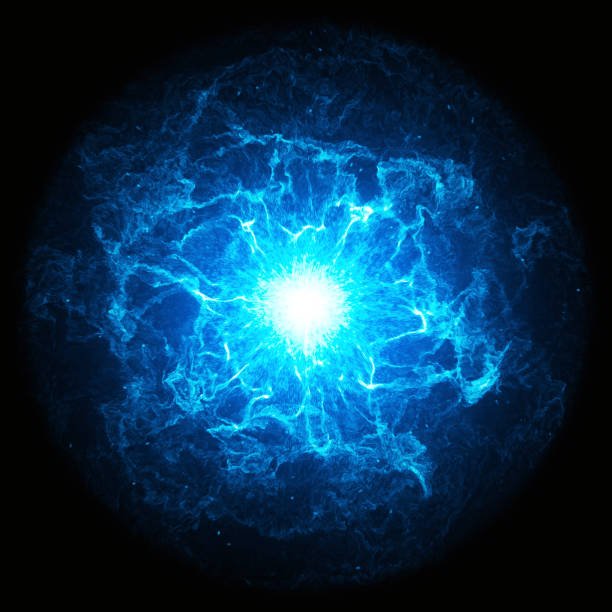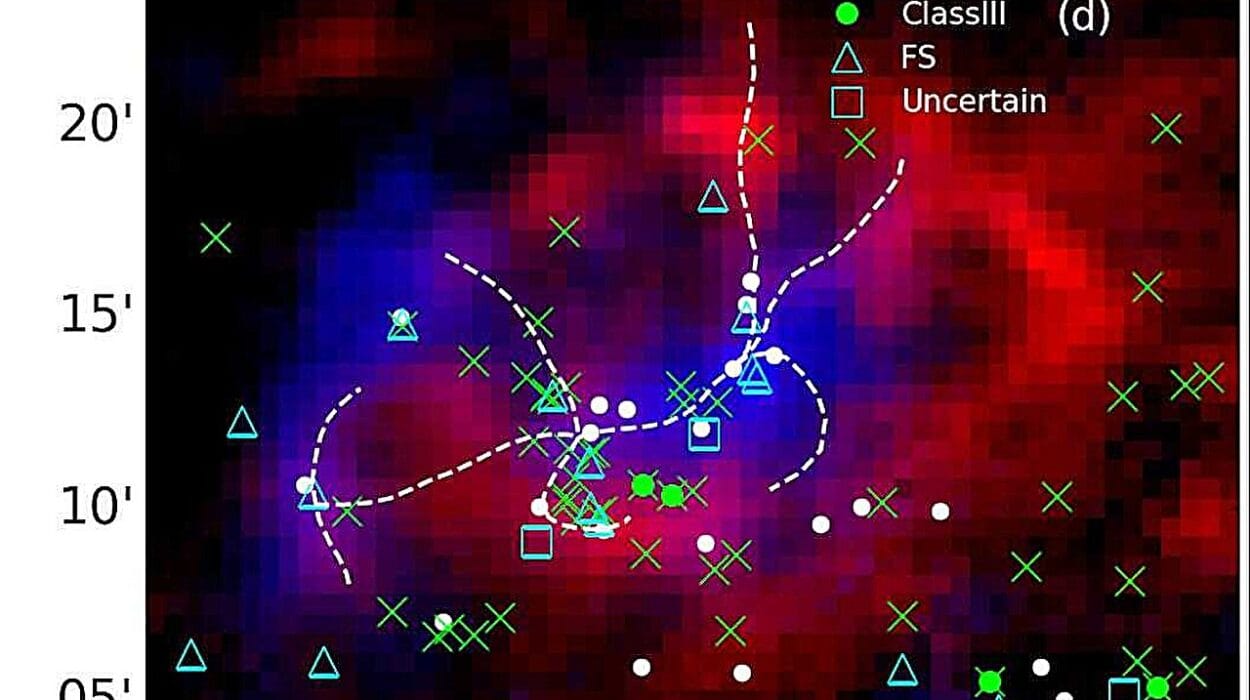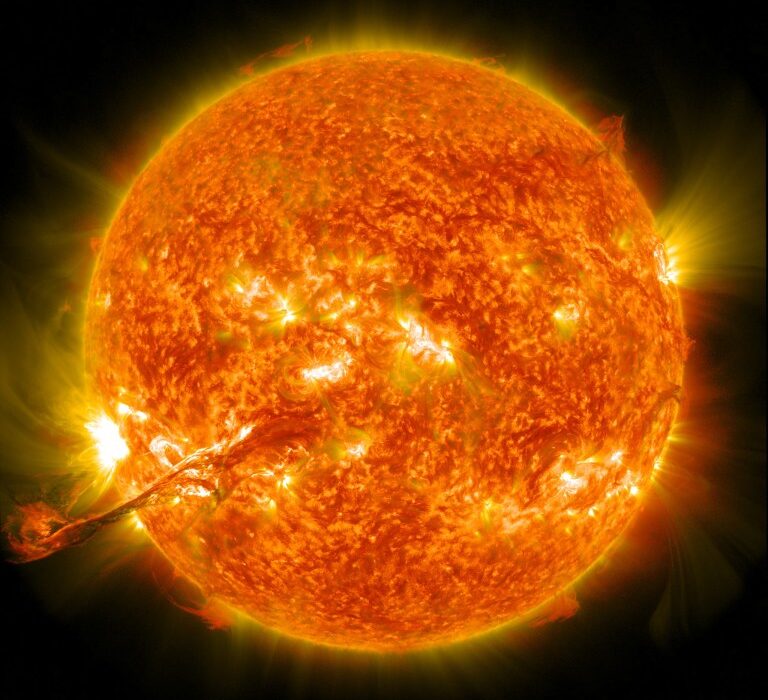Not long ago, the idea of planets orbiting distant stars belonged more to science fiction than science. The notion that other solar systems might exist—complete with alien worlds, strange climates, and perhaps even life—lingered more in the realm of philosophical speculation than astronomical fact. But everything changed in 1992, when astronomers announced the discovery of the first exoplanets orbiting a pulsar. Just three years later, 51 Pegasi b, a gas giant orbiting a sun-like star, was found—a world that rewrote textbooks and flung open the doors to a new frontier in astrophysics.
Since then, the exoplanet tally has soared past 5,000, with more added every month. These discoveries include scorched gas giants tighter to their stars than Mercury, Earth-sized planets locked in strange resonant dances, and even rogue planets drifting alone through the galaxy. Each new world expands our understanding of how planetary systems form, evolve, and sometimes go wild. But exoplanets are not merely catalog entries—they are clues in one of humanity’s greatest scientific quests: understanding our place in the cosmos.
TESS: The Celestial Cartographer
The search for exoplanets would not be possible without a fleet of eyes in the sky—space-based telescopes like NASA’s Transiting Exoplanet Survey Satellite, or TESS. Launched in 2018, TESS is a tireless hunter of planetary shadows. Using the transit method, it watches thousands of stars for tiny, rhythmic dips in brightness that betray the passage of an orbiting planet across the face of its host star.
Each time a planet transits, it causes a minute, temporary dimming—often just a fraction of a percent—barely perceptible without precision instruments. By observing these dips repeatedly, astronomers can calculate the planet’s size, orbit, and even estimate surface temperatures and compositions in some cases. Unlike its predecessor, the Kepler Space Telescope, which gazed at a narrow window of the cosmos, TESS scans nearly the entire sky, prioritizing bright, nearby stars that are easier for follow-up observations.
In just a few years, TESS has transformed the search for alien worlds. It has delivered thousands of planet candidates, known as TESS Objects of Interest (TOIs), and confirmed a host of exoplanets ranging from lava-roasting hellscapes to rocky planets potentially poised in the habitable zone—where liquid water could exist.
But now, a new twist in the TESS story is unfolding. What if some of those dips in brightness hold signs not just of planets—but of rings?
The Allure of Alien Rings
The rings of Saturn are one of the most iconic features in our solar system—ethereal bands of ice, rock, and dust that encircle the gas giant in an intricate cosmic ballet. But Saturn is likely not unique. Planetary rings are not an Earth-only spectacle; they arise naturally in systems where moons, gravity, and tidal forces interact in just the right balance.
So far, though, no rings have been conclusively observed beyond our solar system. Detecting such delicate structures around exoplanets is daunting, akin to spotting the silhouette of a butterfly next to a searchlight from hundreds of light-years away.
Yet the possibility is tantalizing. Rings could alter our understanding of exoplanetary systems. They might influence how planets form, reveal unseen moons, and even mislead our estimates of planetary sizes. In fact, some exoplanets initially thought to be “super-puffs”—planets with improbably low densities—might instead be smaller rocky worlds wearing broad, icy halos.
Enter the team led by Tsubasa Umetani from Tokyo Metropolitan University, who decided to peer into TESS’s treasure trove of light curves with one question in mind: Could any of these worlds be wearing rings?
Reading Between the Shadows
Umetani’s team focused their gaze on a carefully curated set of 308 exoplanets, each orbiting close to their host stars and possessing data with a high enough signal-to-noise ratio to potentially reveal subtle anomalies. These were handpicked targets—planets whose light curves might, just might, harbor whispers of rings.
Detecting rings using transit data is devilishly complex. Rings can produce strange distortions in light curves, especially during ingress and egress—the moments a planet begins to move in front of and then away from the star. Depending on their tilt, composition, and extent, rings can cause asymmetric dips, flattenings, or even precession-based variations over time.
To cut through the noise, Umetani’s team refined a custom processing pipeline. They meticulously cleaned each light curve, scrubbing away systematics and artifacts, and then fit two competing models: one assuming a ringless planet, and another factoring in ring geometry. They compared the fits using statistical models and visual inspections, drawing on lessons learned from earlier Kepler-based studies.
The result? Six planetary systems showed a better statistical fit with rings than without. But there was a catch.
The Mystery of the Missing Rings
Despite the statistical hints, none of the six systems showed convincing, unambiguous signs of ring structures when visually inspected. No Saturn analogs. No dramatic asymmetric dips. No definite eureka moment.
Still, the exercise was far from fruitless. The researchers were able to place upper limits on possible ring sizes for 125 planets. In other words, if rings are present, they must be smaller than a certain threshold—about 1.8 times the radius of the planet. This finding suggests that large, dramatic ring systems like Saturn’s are rare among the close-in planets TESS can observe—perhaps occurring in less than 2% of cases.
Why so few rings? One likely culprit is tidal interaction. Close-in exoplanets, which orbit their stars in just a few days, are subject to intense gravitational forces. These forces can warp or even erase rings, damping their tilt and causing them to collapse inward. On longer timescales, ring particles may coalesce into moons or spiral into the planet due to drag and radiation.
The team also noted a curious possibility: ring precession—a gradual wobbling of a ring system—could cause subtle transit depth variations over time, potentially making rings easier to detect in longer-period planets. Unfortunately, such planets are harder for TESS to observe due to its relatively short viewing windows per sector.
A Future Glimpse at Ring Worlds
Though no definitive ringed exoplanet was found in this study, the effort is a vital step toward refining our observational methods. It establishes a benchmark and offers insight into what ringed worlds might—or might not—look like in transit data. The hunt for alien rings is far from over; in fact, it’s just getting started.
As TESS continues its mission, collecting longer and deeper datasets, the chances of detecting ringed planets improve. Moreover, the upcoming PLATO mission, led by the European Space Agency and slated for launch later this decade, will add a new layer of observational power. PLATO will observe stars for longer durations with higher cadence, making it better suited to catching subtle precessional changes or rare, slow-orbiting ringed planets.
Ground-based telescopes, too, are being pressed into service. Instruments capable of precise photometry and radial velocity measurements could confirm and follow up on promising candidates. Even JWST, the James Webb Space Telescope, might one day glimpse the infrared signature of a ring system if the geometry and timing are just right.
Why Rings Matter
The search for rings around exoplanets isn’t just about aesthetics or planetary trivia. It cuts to the heart of how planetary systems assemble, evolve, and change. Rings can signal the presence of unseen moons, hint at past collisions, and reveal complex gravitational dances. In our own solar system, Saturn’s rings are a dynamic laboratory for studying dust, ice, magnetism, and moon formation.
If we can find and characterize ring systems beyond our solar neighborhood, we’ll gain a more complete picture of how common such structures are—and by extension, how unique or typical our solar system may be.
Imagine peering into the light curve of a distant star and discerning not just a planet, but a glimmering ring, perhaps hundreds of thousands of kilometers wide. Imagine one day resolving that ring into ice particles, measuring its tilt, or discovering embedded shepherd moons guiding its shape.
It’s a cosmic game of shadows and light, where every dip in starlight tells a story—and some stories may include circles within circles.
Conclusion: The Road Ahead
In the grand tapestry of planetary discovery, each method, mission, and analysis weaves new threads into our understanding. The study led by Umetani and colleagues reminds us that discovery doesn’t always come in the form of fireworks. Sometimes it’s in the quiet setting of boundaries, the slow sharpening of our instruments, and the careful sifting of data.
The universe is vast, and its worlds are stranger than we ever imagined. Ringed exoplanets remain elusive for now, but with every telescope launched and every light curve analyzed, we inch closer to seeing them clearly. One day, we may gaze upon a ringed planet circling another sun, and know that Saturn is not alone.
Until then, the shadows flicker, the light curves bend, and the search goes on.
Reference: Tsubasa Umetani et al, Search for Exoplanetary Ring Systems with TESS, arXiv (2025). DOI: 10.48550/arxiv.2505.05948
